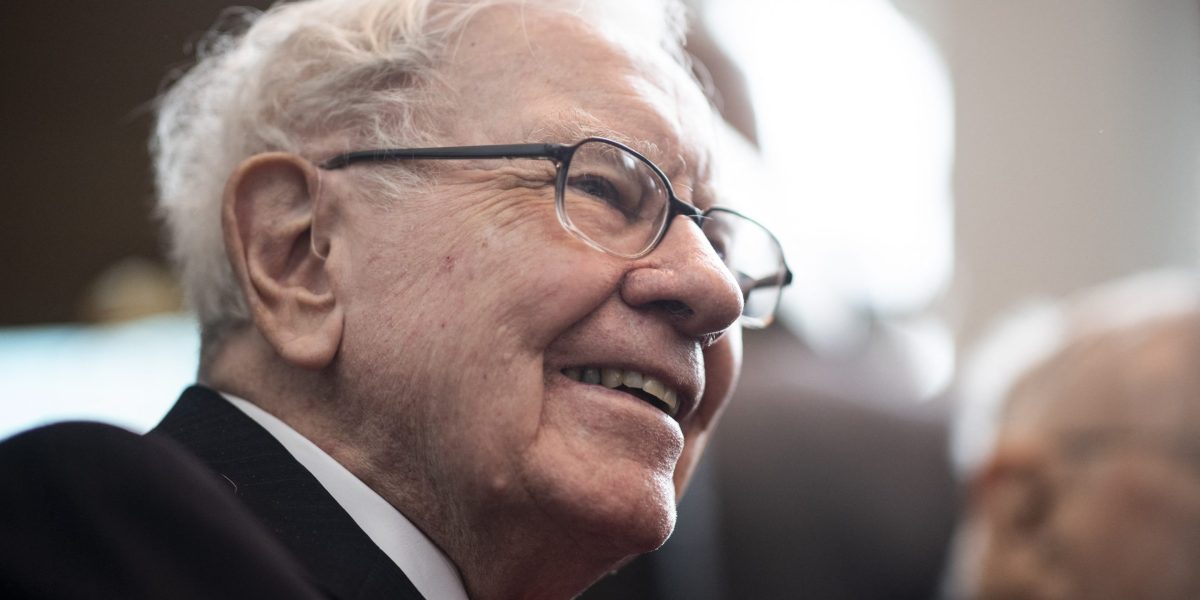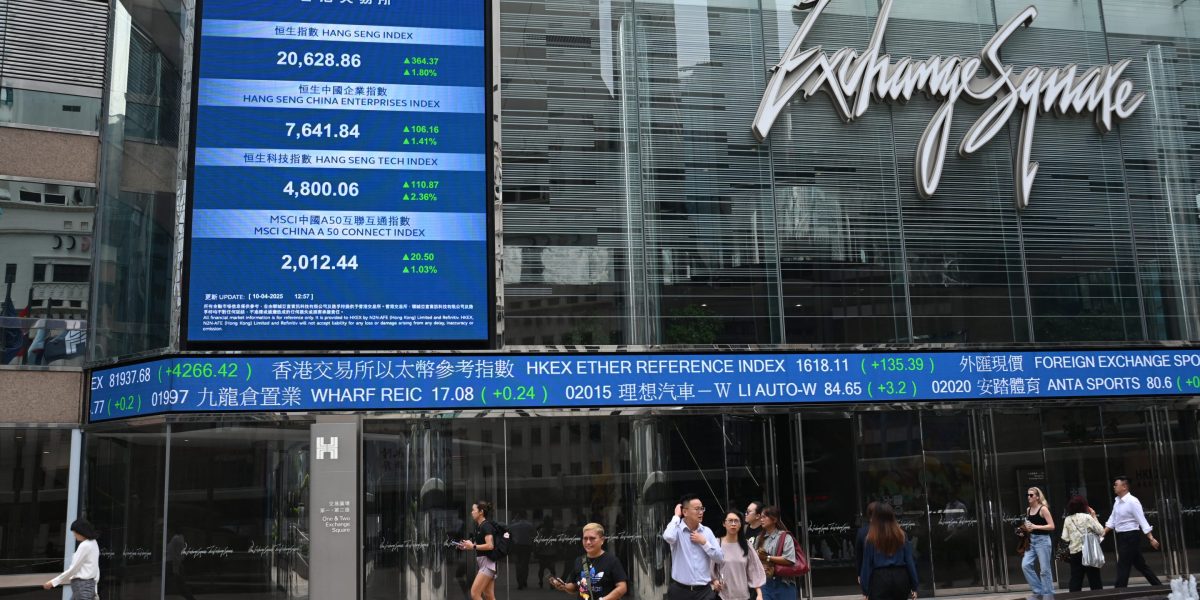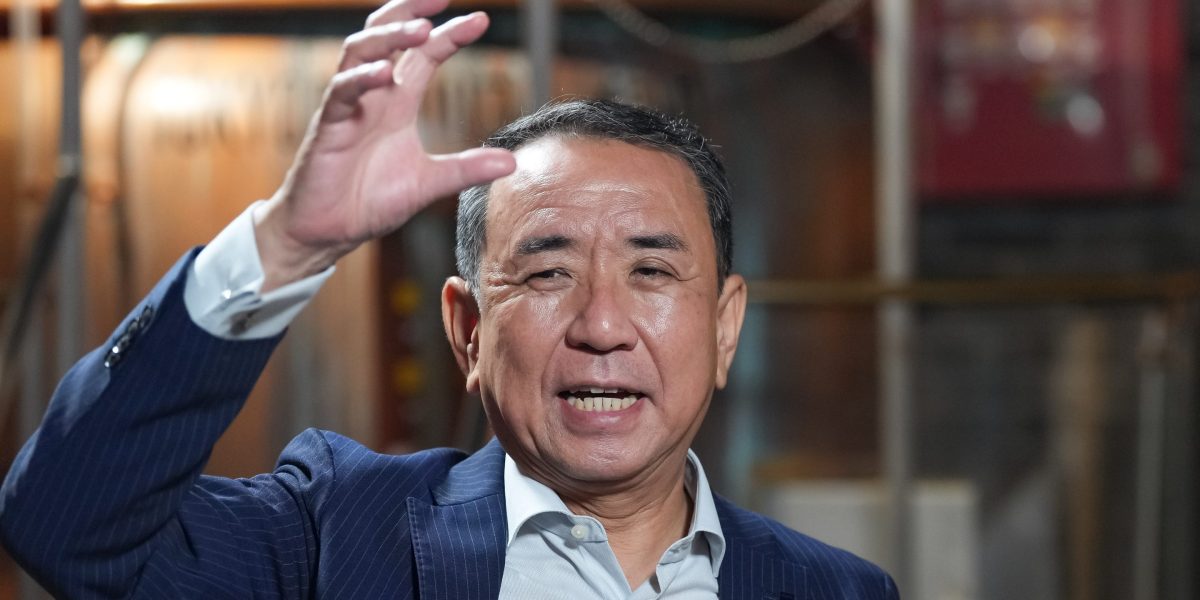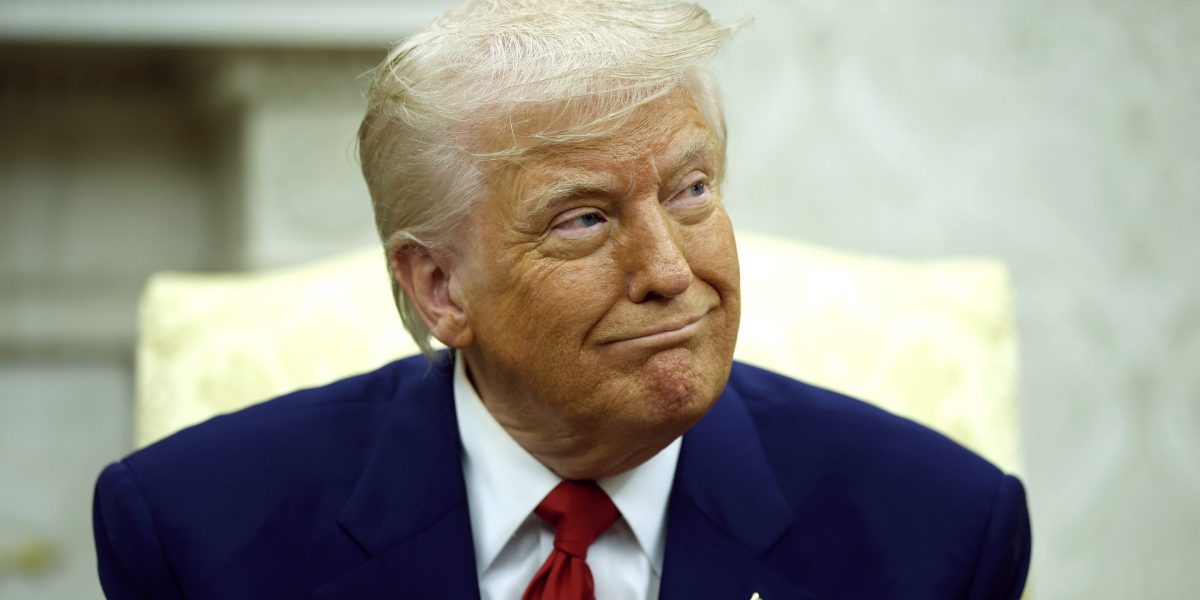Asahi has achieved what many international beer brands could only dream of—taking on much-loved local brands and winning.
A decade ago, when legendary Japanese brand Asahi was trying to work out how to break into the European beer market, it turned to a then-unfamiliar foe as a benchmark: the premium Italian brand Peroni Nastro Azzurro.
Soon, though, Peroni’s sales would become a much more vital benchmark for the beermaker, when Asahi snapped up the brand in 2016.
Asahi Super Dry, the premium Japanese beer popping up in Asian restaurants and a growing number of pubs across Europe, has quietly made much bigger waves in the region thanks to its parent company’s slew of acquisitions in the last decade, cementing its position as a major hitter on the continent.
The brewer raked in $5.4 billion in revenue from Europe alone last year, a 13% jump from 2023, and $697 million in profit. Europe is now Asahi’s biggest market outside of Japan, making up 27% of its sales in 2024.
Japan’s population crisis
Asahi’s venture into the European market was no accident, and one CEO Atsushi Katsuki says had much to do with Japan’s ever-challenging aging population.
Japan’s working-age population has faced a relentless decline for the past 30 years, with the number of 15-64-year-olds falling from a peak of 87.1 million people in 1994 to 72.8 million in 2023. That decline in working-age people has become an existential crisis for Japanese companies including Asahi.
“If you look at the Japanese beer market, ever since 1995, the market has been contracting at a rate of 1-2% per year, and we think this is likely to continue,” Katsuki told Fortune on a visit to London.
In many ways, Japan serves as a harbinger for the Western world, which is facing its own demographic crisis with falling birth rates decades after it started to impact Japan. In the meantime, however, Asahi is making hay while the sun shines on Europe’s beer market.
For a domestically successful but niche Japanese brewer like Asahi, the challenge of breaking into Europe’s lucrative, yet brand-loyal beer sector was considerable.
Japanese brewers have created popular innovations domestically to get locals swarming to its beers. Asahi’s domestic competitor Kirin Ichiban introduced frozen beer to Japanese drinkers, which gives their beers a frosted top and helps maintain sub-zero temperatures while customers drink. Asahi has experimented with its own sub-zero beers in the country.
“I don’t think it works if you have a unified global marketing strategy,” said Katsuki as he explained why these innovations haven’t made it to Europe.
Rather than winning over Europeans with Japanese innovations, Asahi took a different approach, namely, if you can’t beat ‘em, join ‘em.
Asahi bought Peroni and Dutch lager Grolsch from AB InBev in a multi-billion dollar deal in 2016. The group then bought beer assets from the British brewer Fuller, Smith & Turner for £250 million (then $326 million) in 2019.
There has been a strong shift towards “premiumization” in the alcoholic drinks market in recent years, and beer is no different. Buying Peroni seemed like a natural next step in that premium evolution.
Indeed, as part of a strategy to grow its global sales of Asahi Super Dry, Asahi used Peroni’s sales in London as a benchmark before the group acquired the Italian beer brand.
On the face of it, Asahi Super Dry and Peroni Nastro Azzurro appear to be going for the same type of consumer, two premium lagers giving customers an international air when they drink.
“It is true that the value proposition of these are two brands are similar, in that they propose this idea that it is stylish, high-end, premium and refreshing.”
Katsuki said that leaning into Peroni’s “Italianess” and Asahi’s Japanese links have been winning strategies that speak to the feeling drinkers want to experience when they buy beer.
There have been other benefits to working in Europe, Katsuki says, including learnings about profitability growth management strategies and building a popular brand.
Asahi is now the number one beer supplier in Poland, the Czech Republic, Romania, and Hungary, while Katsuki says the group is “one of the largest players” in the U.K.’s super-premium category.
Europe’s temperance movement
One trend where Asahi expects Europeans to follow Japan is in a movement towards temperance.
Asahi is aiming for 20% of its global sales to come from alcohol-free and low-alcohol drinks by 2030, up from 12.1% now. In Japan, that figure is already about 15%.
Sales of low-alcohol beer in the U.K. grew faster than any other market last year, buoyed in part by post-Brexit regulations that charges cheaper duties on low-alcohol beverages. But it reflects a wider movement toward sobriety across Europe.
Katsuki says his company is seeing more diverse demand even in the low and non-alcohol sector of his business, with consumers demanding more variety and flavored beers to quench their thirst.
“We can see that the fact that a flavored non-alcohol beer is becoming really popular is suggesting the future growth of our beer adjacent category, because this gives the opportunity for those people who either choose not to drink beer or who cannot drink beer to still enjoy the drinking culture.”
European challenges
Challenges persist for the Japanese brewer in its quest to compete with native European rivals like AB InBev and Carlsberg.
Last year, Katsuki highlighted a shortage of barley and hops as a serious risk to beer supply across Europe. While Russia’s invasion of major grain supplier Ukraine had an impact on supplies, the more existential risk comes from climate change.
The group is working with Microsoft to improve crop detection while also diversifying its production, but climate change remains a relentless risk for Europe’s beer supplies.
Another quirky challenge that appears to have become an increasingly European affair is that of faux continental lager.
U.K. drinkers have been won over by Madrí, a Spanish-themed beer with tenuous links to the country and brewed entirely in the U.K.
The trend has caused the Spanish CEO of Estrella to call out Madri, accusing the beermaker of dishonesty while eating into his company’s market share.
Katsuki says he understands why there could be a frustration among producers and consumers to nationally ambiguous beers.
“In a way, they probably think producers are faking the origin of that beer,” Katsuki said.
“However, consider the climate crisis impact if you were to produce beer in Italy or Spain and ship it to the U.K., that is going to increase CO2 emissions.” He added that imported beers didn’t have returnable bottles, further reducing sustainability.”
There are more expansion plans to come from Asahi. Its famous whiskey brand Nikka has largely been confined to Japan owing to a long-running shortage of a vital liquid, meaning only 10% of its sales are outside Japan.
Katsuki says Nikka regularly gets inquiries from customers in overseas markets, and Asahi is developing a plan to enhance production.
Either way, Europeans can expect to get used to a Japanese touch to their favorite drinks, even if they may not know it.
Editor’s note: A version of this article was first published on Fortune.com on October 1, 2024
This story was originally featured on Fortune.com
Source link

 Entertainment8 years ago
Entertainment8 years ago
 Politics8 years ago
Politics8 years ago
 Entertainment8 years ago
Entertainment8 years ago
 Entertainment8 years ago
Entertainment8 years ago
 Tech8 years ago
Tech8 years ago
 Tech8 years ago
Tech8 years ago
 Tech8 years ago
Tech8 years ago
 Politics8 years ago
Politics8 years ago







